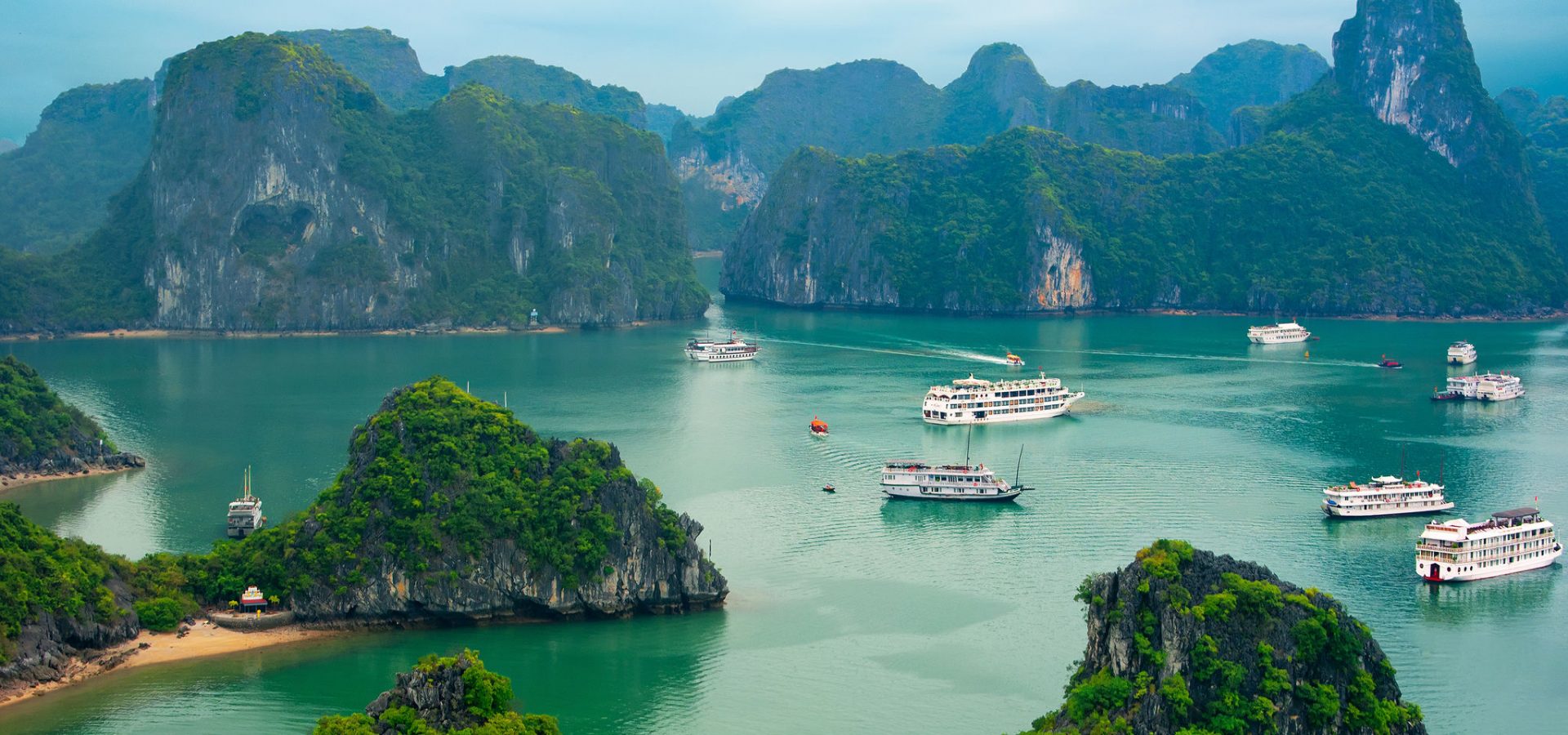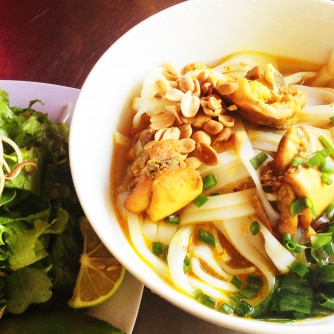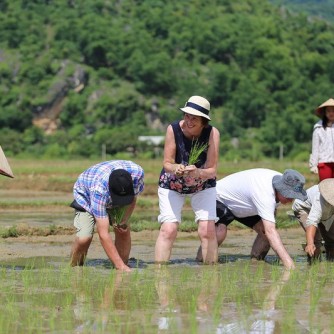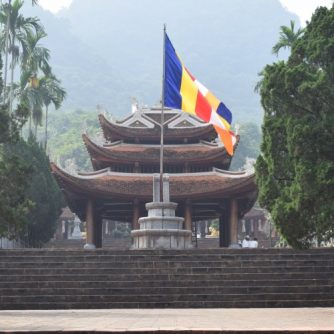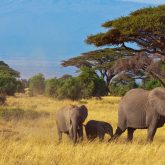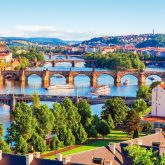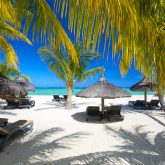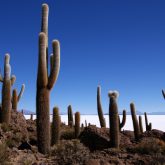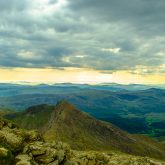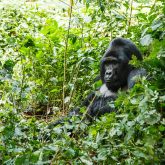Vietnam is developing at an incredible pace and has become a new tourist destination, hugging the eastern coastline of the Indochina Peninsula in Southeast Asia.
From north to south, start trekking in Sa Pa through the terraced valley of Muong Hoa, up bamboo wooded slopes into the Fansipan Mountains. Ha Long Bay, literally translated, “Bay of Descending Dragons” and dubbed ‘Eighth Natural Wonder of the World’ has put Vietnam on the tourist map - the unsurpassed beauty of thousands of limestone islands, topped with vegetation is so spectacular, few seascapes can compete. In complete contrast, the frenetic capital Hanoi, bursting with people and motorbikes, where it could take some time to cross the street but then you don’t mind because at least you have escaped with your life. Retreat to the backstreet bars for some ‘bia hoi’ and tell the locals all about it, or head to a favourite leisure spot in the city centre, Hoan Kiem Lake, where you can take a breather and watch a game of chess.
Ho Chi Minh City could provide the perfect getaway from the assault on the senses of the overground hustle, going underground in the Cu Chi Tunnels, where once Viet Cong guerrillas crawled. But let’s not get ahead of ourselves, Vietnam’s largest city is way down south, be sure to stop in central Vietnam and rest on the steps of Thien Mu Pagoda, overlooking the Perfume River, in Hue. Symbol of the former imperial capital, the temple was built in 1601 during the rule of the Nguyen Lords. From 1805 to 1945 the Citadel was formed, an impressive moated complex of monuments, tombs and gardens centred around the Forbidden Purple City.
Down the road, Hoi An has turned from a simple fishing village to major port to international tourist attraction. The rich mix of Southeast Asian culture with Chinese and French influences, winding lanes and narrow waterways culminate in the ‘Old Quarter’. Rich merchant houses, Chinese temples, French colonial buildings and famous eye-catching Japanese covered bridge, charm visitors and culinary delights await on every corner. Certainly a town worth taking in on your travels.
Working your way along the coast, Nha Trang is a popular seaside resort, with a sweeping crescent beach, promenade, golf course, water park and well known for scuba-diving. You will also come across Mui Ne, the strong sea breezes here attract kite and windsurfers and for a fortunate audience, the sand dunes yield an inspiring panorama, especially at sundown.
Ok, prepare yourself, we have reached Ho Chi Minh City! Heaving, seething, teeming streets, busy, bustling and best sniffed out around the stalls of Ben Thanh Market. Leave the city behind and enter the water world of the Mekong Delta, responsible for half of the country’s agricultural output, where rice is king and everything floats! Finishing on the other side of the peninsula, Phu Quoc is Vietnam’s largest island, lying off the coast of Cambodia in the Gulf of Thailand, travellers can kayak round palm-fringed bays, motorcycle through the back roads and suck up the fish sauce that the island is famed for.
Tiptoe through rice fields, enjoy the art of water puppetry, order a made to measure silk suit and it will be ready in a matter of hours. Feel the wind in your hair on a motorbike, root out flavoursome dishes to accompany your steaming rice. Vietnamese New Year celebrates the “Feast of the First Morning of the First Day” with the Tet festival, so on your first day in this lush green landscape, when the sun is rising and you know you are somewhere out of the ordinary, shout out loud, “Good Morning, Vietnam”, this is a room without a roof!



